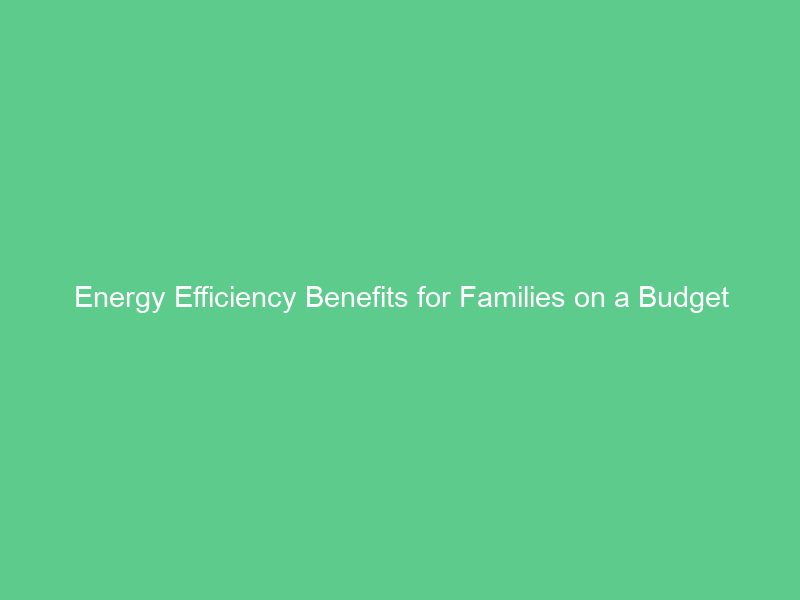Energy efficiency enhances financial security by making appliances and equipment cheaper to run. This benefit especially assists families that face higher energy costs that force them to choose between paying their utility bills or buying food.
Market failures such as credit constraints can impede energy efficiency investments. To overcome such hurdles, behavioral interventions like nudges are often effective solutions.
Reduced carbon emissions
Energy efficiency is an indispensable tool in the battle against climate change, providing an inexpensive means of cutting greenhouse gas emissions. From building design to new appliances or improved manufacturing processes, energy-saving technologies and equipment help lower carbon dioxide emissions while decreasing power demand for additional capacity generation.
Energy efficiency helps both utilities and customers by mitigating risks to both. It can help stabilize electricity prices and ensure reliable power supplies; cutting costs by eliminating energy waste while helping utilities avoid peak demand charges.
These savings can then be put towards supporting other initiatives to further reduce carbon emissions, like renewables and storage technologies. It also attracts talent, as many employees value companies that are socially and environmentally conscious; indeed, one recent study discovered that millennials would even take pay cuts for working for companies committed to sustainability!
Reduced utility bills
Energy efficient upgrades can save homeowners money on energy bills by offsetting upfront costs with utility savings over time.
Energy-efficient technologies use less resources to deliver the same service, using technologies such as switching end-use appliances (like new refrigerators or insulation for buildings) or cutting fuel use for powering equipment and buildings.
This means spending less money to purchase and operate appliances and equipment as well as to buy and transport fossil fuels; additionally it eliminates the need to construct and operate new energy infrastructure.
Many utilities and energy efficiency alliances provide programs to assist low-income households make weatherization improvements that lower home energy use, helping families avoid having to choose between paying their utility bill or food or housing costs – helping address underlying social determinants like financial insecurity and poverty.
Increased home value
Energy efficient upgrades add tremendous value and provide an excellent return on investment. Energy efficiency upgrades reduce utility bills and environmental footprint while also being easy to finance through various government incentives or financing options.
Studies on real estate buyers reveal their preferences for energy efficient homes. Prospective buyers want to save money on electricity bills while enjoying eco-friendly features that provide comfort and convenience, such as double glazed windows, energy-efficient heating systems and quality insulation. This makes energy efficiency properties highly sought-after among potential home buyers.
Energy efficiency measures aim to optimize the useful output from each unit of energy consumed, while simultaneously helping lower costs and mitigating climate change globally. Their benefits span both economics and society as a whole.
Better health
Energy efficiency measures can contribute to overall physical health and well-being by creating living environments that promote wellness – with moderate air temperatures, lower humidity levels, and decreased allergen exposure. They may also help individuals on a tight budget manage the stress caused by high energy bills more effectively.
Energy efficiency measures can also lead to improved health by lowering criteria pollutants like carbon dioxide, sulfur dioxide and nitrogen oxides that contribute to respiratory illnesses and premature deaths. Through energy consumption reduction through efficiency measures we could save six lives daily as well as avoid $20 billion in healthcare costs.
Energy efficiency initiatives designed to promote human health, such as those conducted under DOE’s Weatherization Assistance Program, have shown to reduce indoor air quality contaminants linked to symptoms of illness and control environmental pollutants that exacerbate existing health conditions. Unfortunately, quantifying health-focused energy efficiency work is more complex than climate-focused measures; often leaving health co-benefits off cost-benefit analyses or energy planning processes altogether.

